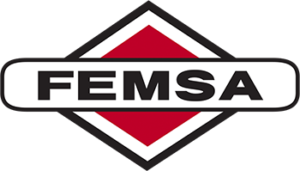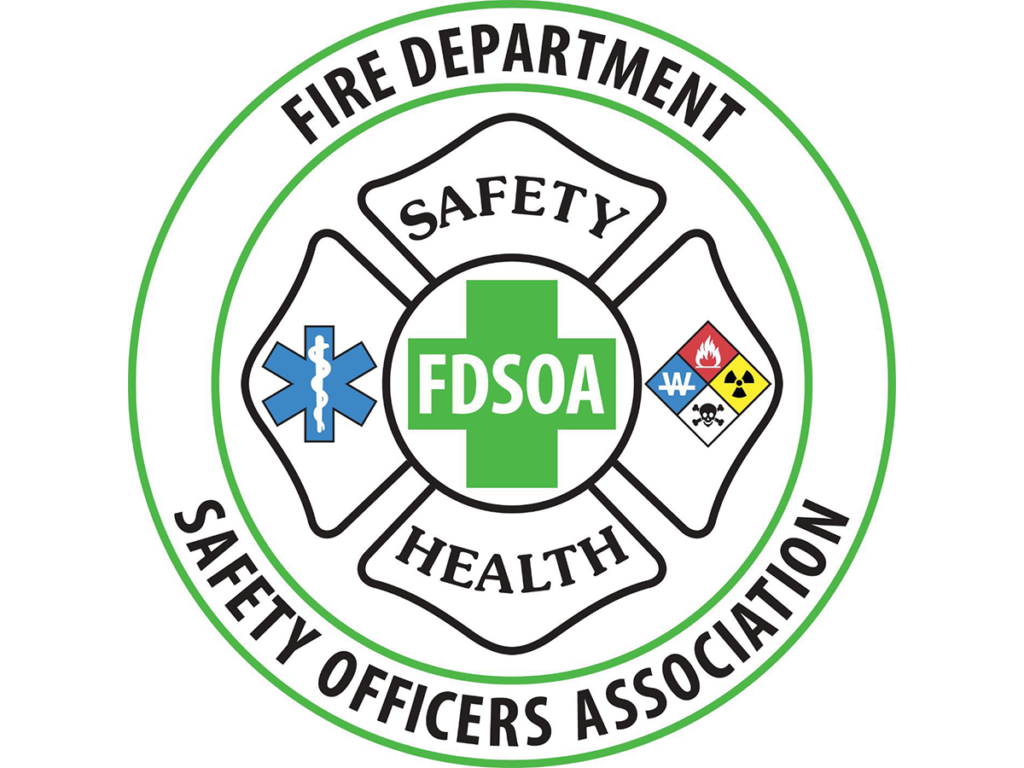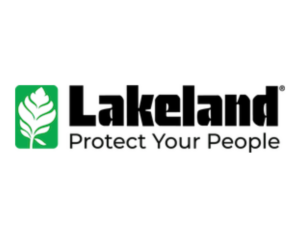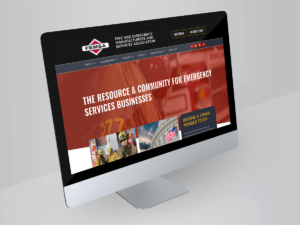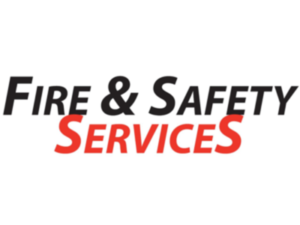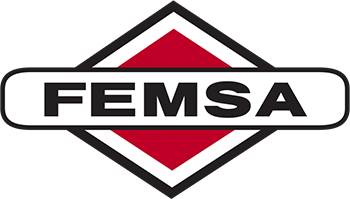Guidelines for COVID-19 Fire Station Exposure Reduction
The Fire Department Safety Officers Association (FDSOA) recommends departments put into practice the following procedures in order to reduce and/or avoid cross contamination of on-duty staff.
At Shift Change
- Designated Station Entry Point: Ensure compliance with the Self-Screening Checklist (see attached).
- Removal of Personal Gear: Have firefighters remove and store their own PPE and personal items from the apparatus at shift change. Move personal belongings (bags, bedding, etc.) to their POV early to facilitate an expedited bunkroom/office
- Limit Interface between Shifts: Limit interaction as much as possible between oncoming and leaving
- Roll Call Location: Conduct roll call in a large space (e.g., apparatus bay) that facilitates a minimum 6-foot social
Station Socializing
- While in Quarters: Do not congregate in small spaces (e.g., watch office, kitchen, etc.). Adhere to the 6-foot minimum
- Reduce Chairs: Reduce the number of chairs located in common meeting spaces (kitchen, bull pen, offices, etc.) to physically deter people from gathering in the same space.
- Station Training: Conduct training in a manner that maintains 6-foot minimum
- Off-Duty Members: Do not allow off-duty members into the stations to work out or visit. Station Captains should develop a practice if a member needs to arrive the evening before his/her shift that will limit contact with
Station Meals
- Stagger Times: Consider eating in shifts to reduce the staff
- Eating Locations: Consider taking meals to alternate places in the station to create spacing.
- Shared Items: Disinfect shared food containers and communal
- Small Businesses: Consider supporting small businesses in your districts by ordering take
Department Mail
- Modified Routing: Determine any changes that can be made to department mail to minimize the potential for staff
- Alternate Mail Pickup/Dropoff Locations: Identify a location (e.g., apparatus bay) that minimizes traffic flow through station living areas. Ensure that the location is clearly marked.
- Electronic Delivery: Scan documents and email them whenever possible. When mail must be handled, consider wearing gloves and washing hands immediately
Department Facilities
- Facility Visits: Trips to fire department facilities should be limited to urgent department business only. When visits are necessary, limit the number of guests and make appointments when
- Battalion Chiefs: Communicate with Battalion members via phone or video conference. If a Battalion Chief needs to go to a station, maintain social
Bedding
- Base Layer: Encourage the use of a washable base layer on beds (e.g., sheet, blanket, etc.) to create an additional barrier between the bed and personal
- Washing Frequency: Base layers should be washed after each
Self-Monitoring
- Self-Monitoring Stations: Self-Monitoring Stations should be set up near the previously designated staff entrance to
- Self-Screening Checklist: Provide self-screening checklist (see attached) and thermometer screening at
